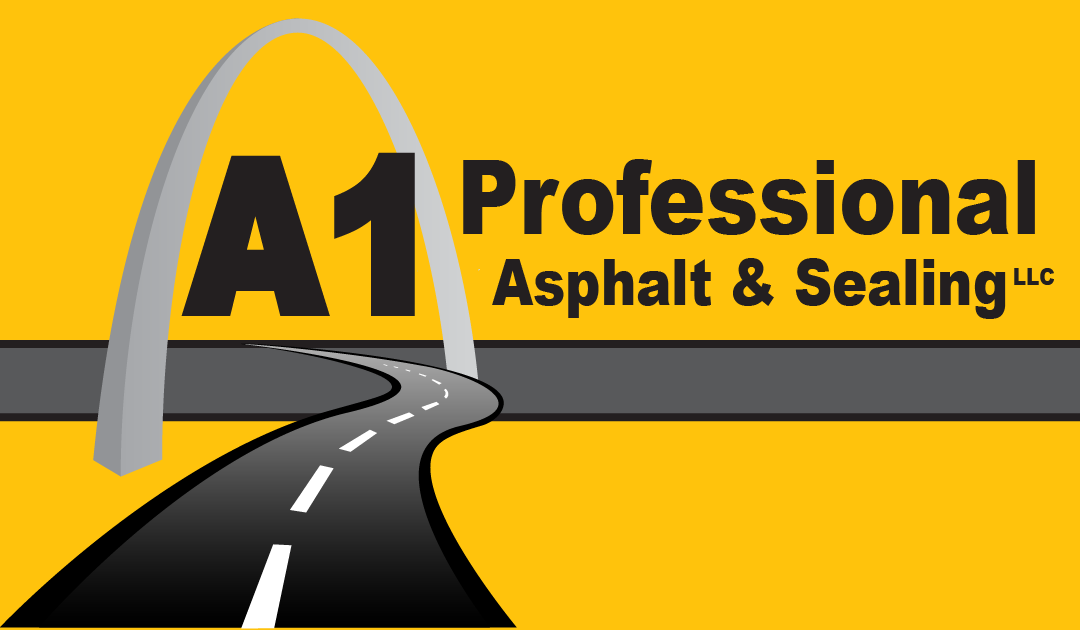We’ve all encountered potholes in commercial parking lots, and it’s never a pleasant experience. Hitting potholes can result in wheel and tire damage, exhaust and engine issues and even suspension problems. Addressing potholes early enough can help you prevent these and more extensive problems. Read on and learn more about potholes and how you can manage them.
What causes potholes to form?
The formation of potholes is often a complex process that can result from weather changes. Most potholes are formed in spring and result from the thaw that follows the freeze of winter. Potholes are usually formed in these steps:
- Water seeps through cracks into the ground.
- The water washes away tiny particles and shifts the parking lot pavement’s substrate into weak areas.
- Vehicles driving over the surface causes it to flex and compress further into weak spots.
- When the weather cools down, the water underground freezes, thus expanding and pushing upward against the surface, weakening it further.
- Once the weather warms up in the spring, the frozen water melts away, leaving a hollow bubble in the pavement.
- As vehicles drive over the hollow bubbles, they crumble and form potholes.
How to prevent potholes in a commercial parking lot
You can prevent most potholes through early preservation treatments such as regular seal coating and crack repair. Keeping water and moisture out of the pavement by filling or sealing cracks in summer goes a long way toward avoiding the formation of potholes during spring.
Get help from a pothole repair and prevention expert
Whether you have full-blown potholes, cracks are starting to form or you want to prevent potential damage, we can help. Contact A1 Professional Asphalt & Sealing to book a free estimate.

